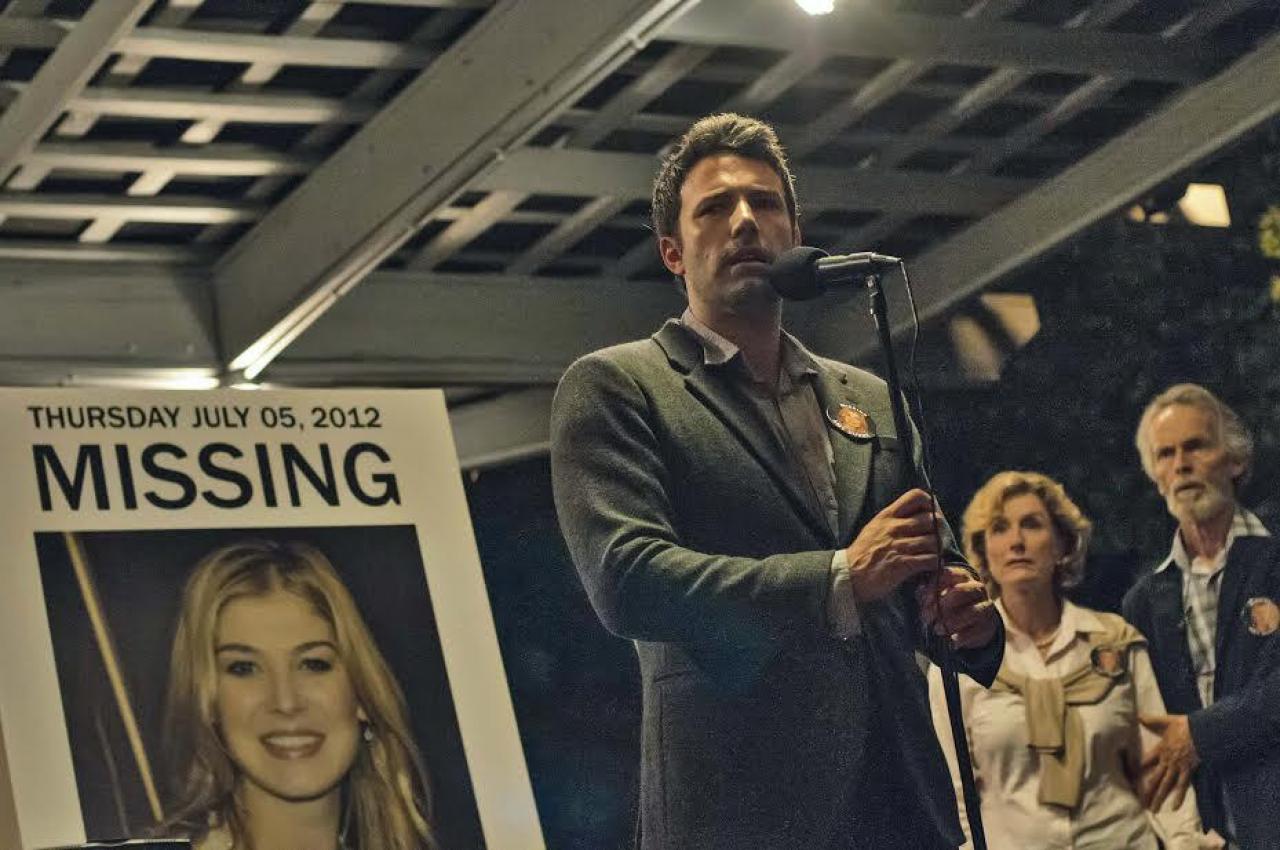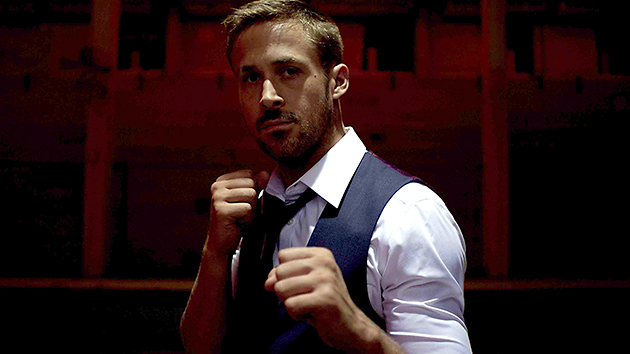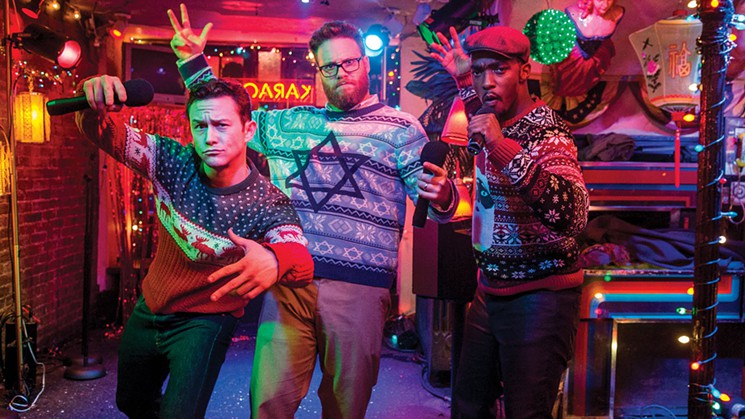“Hugo” — Scorsese’s colorful homage to old cinema
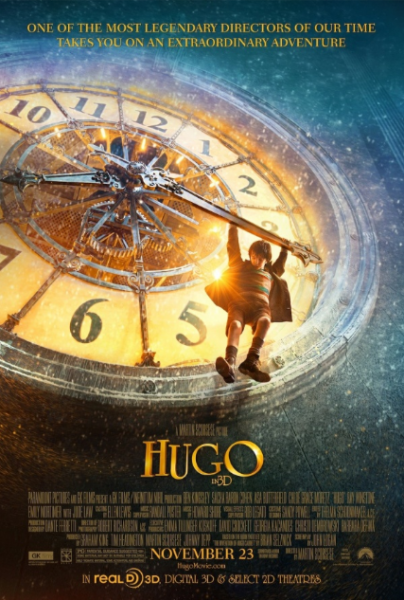 “From the man who brought you ‘Mean Streets’ and ‘Goodfellas’ comes a melancholy children’s romp about the need for film preservation…in 3D
“From the man who brought you ‘Mean Streets’ and ‘Goodfellas’ comes a melancholy children’s romp about the need for film preservation…in 3D !” I’m almost sure ‘Hugo’ was pitched this way and whoever did it was probably fired (rightfully so!)
!” I’m almost sure ‘Hugo’ was pitched this way and whoever did it was probably fired (rightfully so!)
Terrible pitchmen aside, Martin Scorsese has given us a sad and humanistic — yet uplifting — story of a boy, Hugo Cabret, and his quest to find a place in the world. The movie opens with a perfect tracking shot through a busy Paris train station that finally settles on our young hero’s face. Hugo, an orphan, is the station’s silent clocksmith. He spends his days at work in the station’s tunnels, where he steals bits of food while avoiding the omnipresent station inspector (played by Borat himself, Sacha Baron Cohen.)
Hugo meets a man at a small toyshop located in the station. This man is Georges Méliès, a revered early filmmaker who created the backbone of modern special effects. Georges is a bitter old man who believes his legacy has been lost to history and shutters and the very utterance of it. In a beautiful flashback, we are given the history of Méliès and his inspiring story. He made hundreds of films in his day filled with anything his imagination could dream up. Méliès’ depression is palpable as he describes the world he left behind for the stilted reality of his modern-day toyshop.
Hugo is a visual treat. The 3D complements the film’s world, rather than cheaply exploiting it. It’s refreshing to watch a master like Scorsese attempting such a controversial tactic. Film’s first true magician inspired him — and I imagine Méliès would be proud of his innovation.
“Hugo 3D” is currently playing at several theaters in the Seattle area.
“Cave of Forgotten Dreams” — Herzog goes spelunking
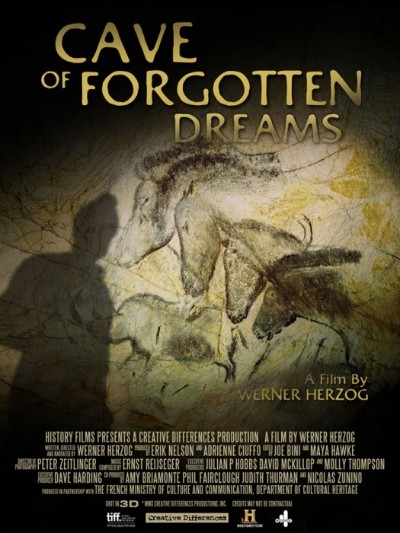 Werner Herzog will never be accused of lack of grandeur. The German auteur can make even the lamest image of a tree seem luminous. He continues his storied career with an eerie new documentary exploring the Chauvet cave in southern France. Herzog takes his camera crew and a rag-tag bunch of scientists (emphasis on rag-tag) into the cave to observe the oldest collection of cave paintings ever discovered in “Cave of Forgotten Dreams,” released last year.
Werner Herzog will never be accused of lack of grandeur. The German auteur can make even the lamest image of a tree seem luminous. He continues his storied career with an eerie new documentary exploring the Chauvet cave in southern France. Herzog takes his camera crew and a rag-tag bunch of scientists (emphasis on rag-tag) into the cave to observe the oldest collection of cave paintings ever discovered in “Cave of Forgotten Dreams,” released last year.
Dating back roughly 32,000 years, the paintings in the cave are ominous, beautiful and awe-inspiring. Herzog waxes poetic about these ancient artists, wondering aloud about their inspirations — and what brought them to this cave in the first place.
The interviews with scientists and luminaries are eye-opening, funny and heartwarming. Herzog has a knack of tapping into the oddest sensibilities to find the human story. Recently, his documentaries (“Grizzly Man” and “Encounters at the End of the World”) have struck a similar nerve.
Herzog is in his element here. He let’s his camera linger on the paintings, interrupting only to present a possible scenario of their creation. It’s hard to accurately describe the beauty of the art, so I won’t. Suffice it to say Herzog, with all his odd ruminations, has crafted another oddity all his own.
“Cave of Forgotten Dreams” is currently streaming instantly on Netflix.



